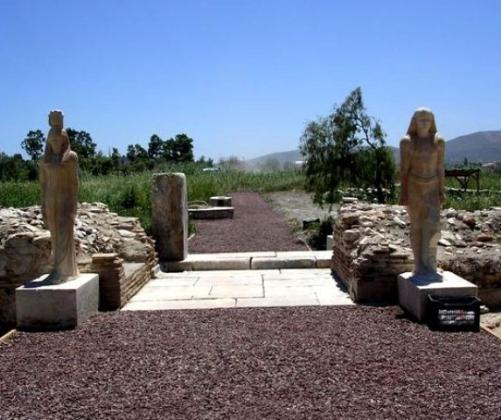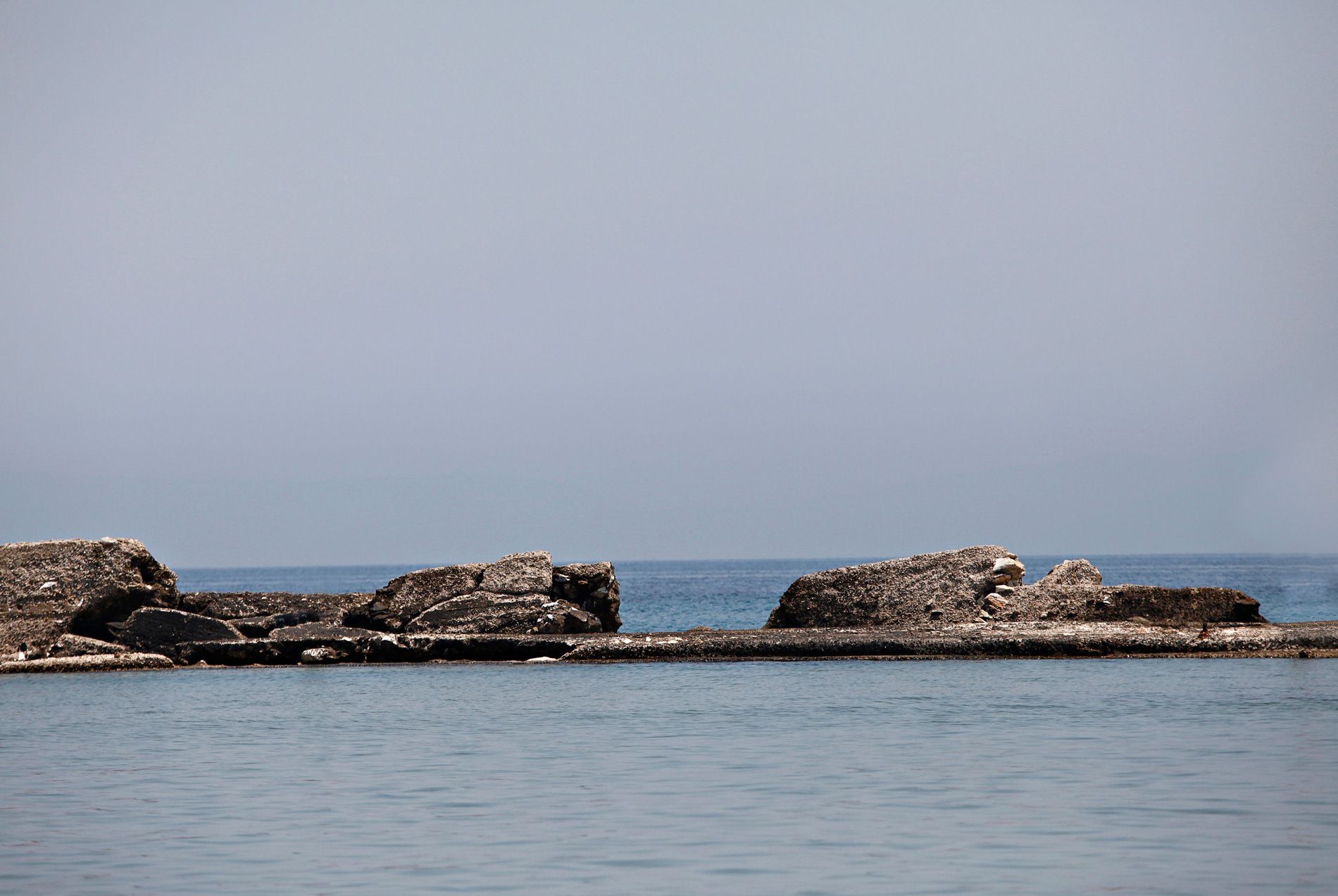Sanctuary of the Egyptian Gods- Nea Makri (Brexiza)
Informations
Address:
Nireos 14, Nea Makri 190 05, Greece
Sanctuary of the Egyptian Gods- Nea Makri (Brexiza)
The sanctuary of the Egyptian gods was founded by Herod the Attic on the south side of Marathon, in Mikro Elos, on a small outcrop in the center of the marsh, where there was also a complex of baths. It consists of a rectangular space of the main sanctuary to the west and a smaller one of the entrance to the east. The main sanctuary encloses a rectangular enclosure with four entrances, one in the middle of each side. The entrances, which imitate Egyptian columns, are formed by the threshold and two rectangular towers, between which marble steps are preserved. On the outside and inside of each pillar, a pair of superhuman statues on pedestals flanked the sanctuary opening. One was male, like the statues of the pharaohs, and the other was female. The goddess Isis is depicted in different types, e.g. as Demeter holding ears of corn or as Aphrodite holding roses. Three pairs of statues have been preserved and are exhibited in the Archaeological Museum of Marathon, as well as bases. Replicas of the statues have been placed on their respective bases.
From the four pillars, paved roads lead to the center of the sanctuary, which occupies a stepped construction, on a rectangular manor. The manor is surrounded by a corridor. The cobbled streets end on the outside of the corridor, in a raised platform structure where one ascends by a ladder. To the right and left of the platforms there is a room that was probably an auxiliary room of the sanctuary. In two of the rooms a marble statue of Isis, an Egyptian sphinx, and oversized lamps with reliefs of Sarapi and Isis were found, as well as marble falcons symbolizing the god Horus.
In front of the eastern column there is a large courtyard, which can be entered from a monumental propylon on the eastern side, opposite the column. The courtyard is surrounded by a portico on three sides. Ancillary rooms open to the south. The center of worship seems to have been the stepped structure. According to an inscription, the sanctuary may have been dedicated to Sarapi, a Hellenized form of the Egyptian god Osiris. Isis, the spouse of Osiris, held a dominant position, while their son Horus was worshipped. The worship of the Egyptian deities was gradually adopted in the Greek area from the last decades of the 4th century BC and gained more and more ground.





